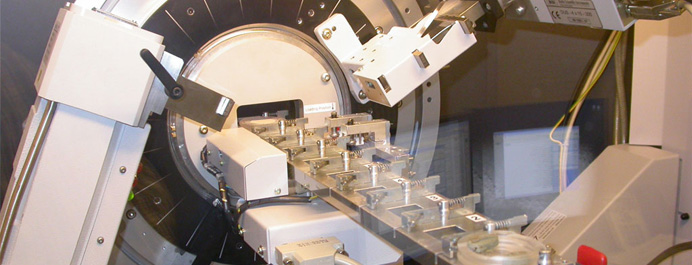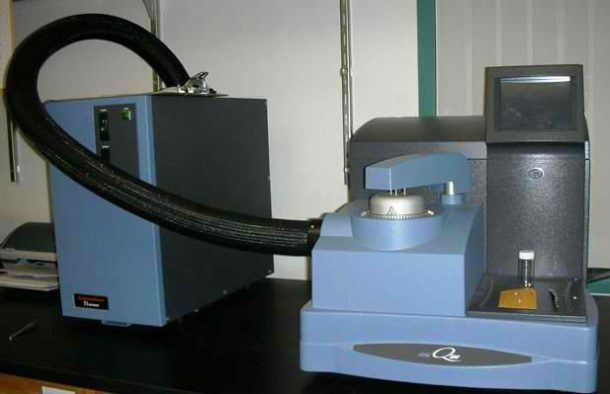X-ray diffraction (XRD Analysis) is a rapid analytical technique primarily used for phase identification of a crystalline material and can provide information on unit cell dimensions. X-ray diffraction is most widely used for the identification of unknown crystalline materials (e.g. minerals, inorganic compounds).
XRD measures the intensities of a reflected X-Ray beam from a small area. Atomic-level spacing within the crystal lattice of the specimen can be obtained by the results. This helps us in understanding details of the crystal structure for the substance. XRD helps in identifying different phases with identical compositions with finer details of the crystal structure, such as the state of atomic “order”. In addition, strain analysis and determination of the degree of crystallization can also be assessed. Due to this versatility XRD finds wide range of applications in geology, material science, environmental science, chemistry, forensic science, pharmaceutical industry and others.
XRD is primarily used in pharmaceuticals, few which are in Environmental Studies, mineral identification and genesis, stratigraphic analysis and in mineral-resource assessments.
Few Other applications include:
- API (Active Pharmaceutical Ingredient) Identification & Characterization
- Drug excipient interactions
- Characterization of crystalline materials
- Identification of fine-grained minerals such as clays and mixed layer clays that are difficult to determine optically
- Determination of unit cell dimensions
- Measurement of sample purity.


